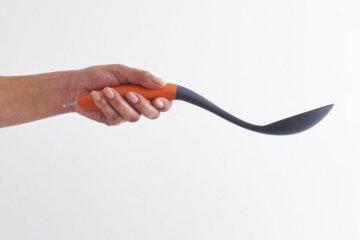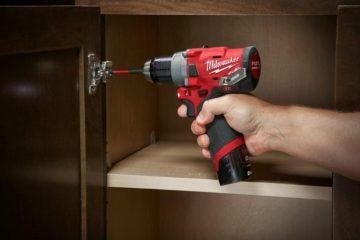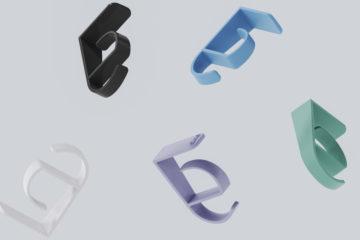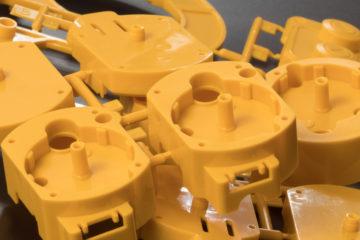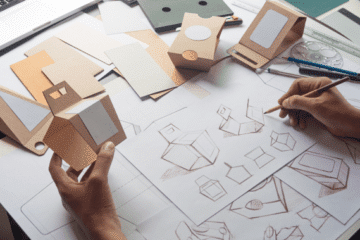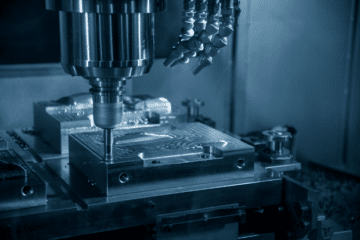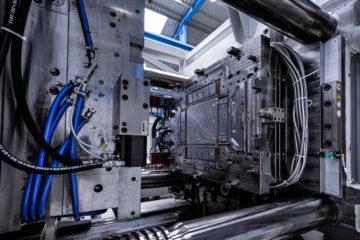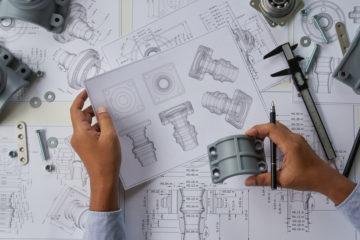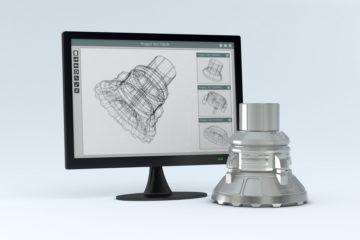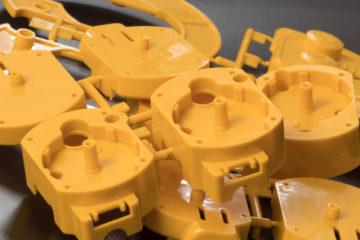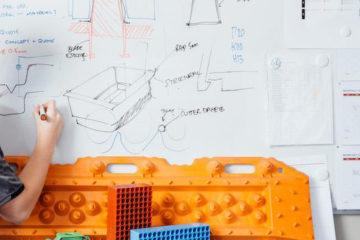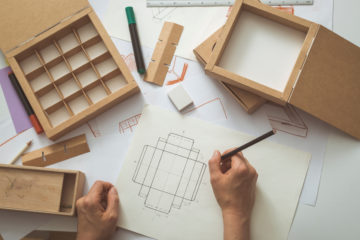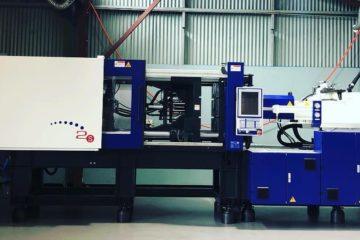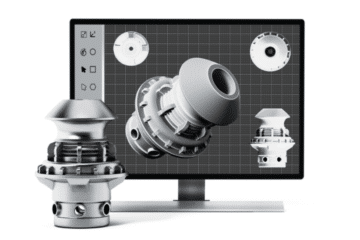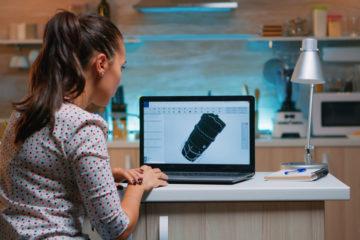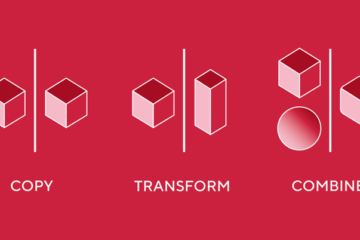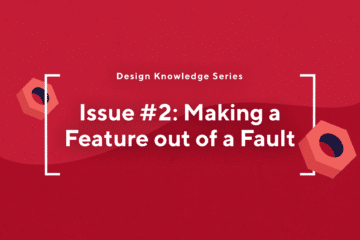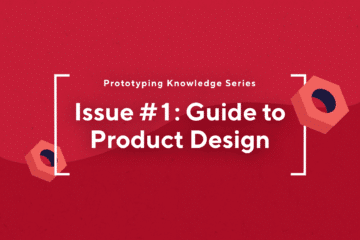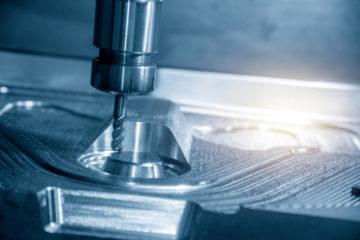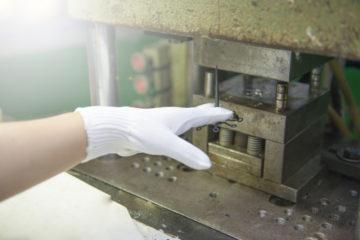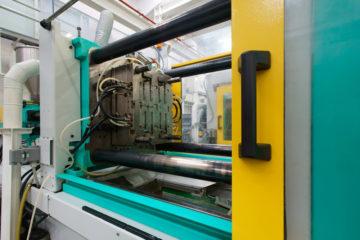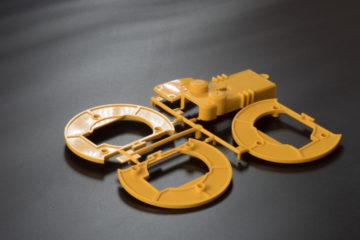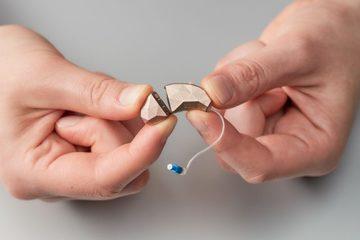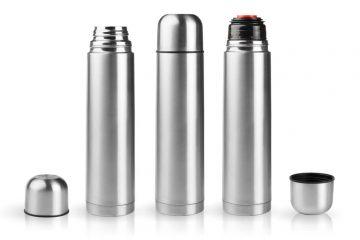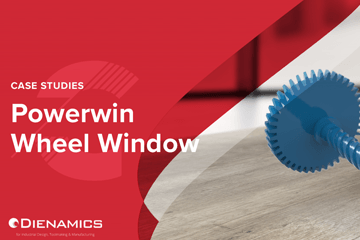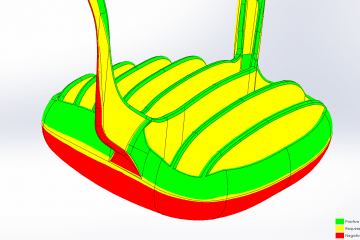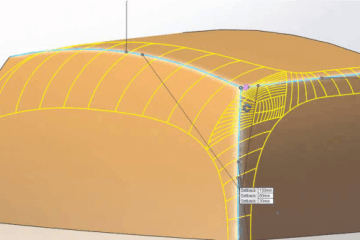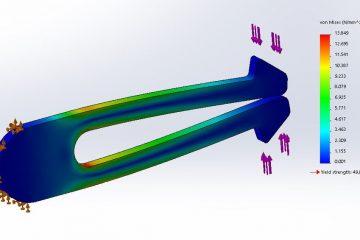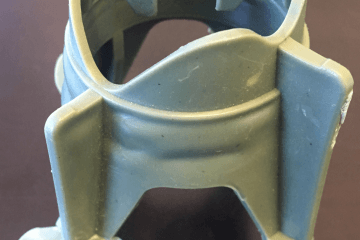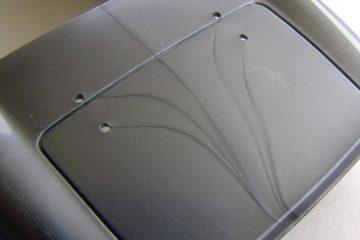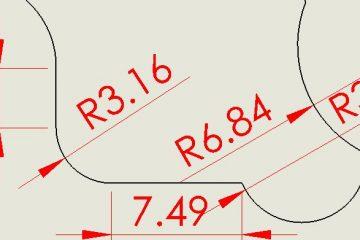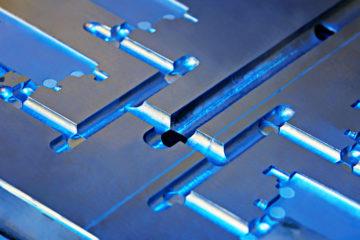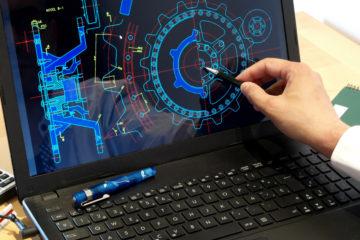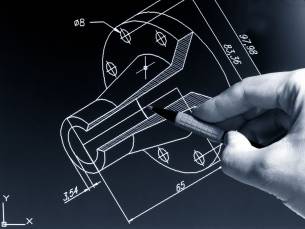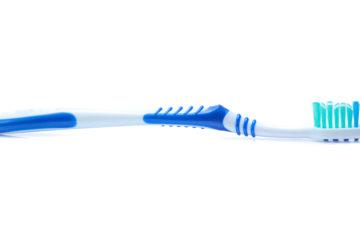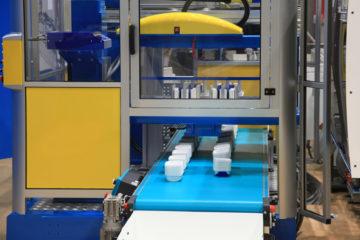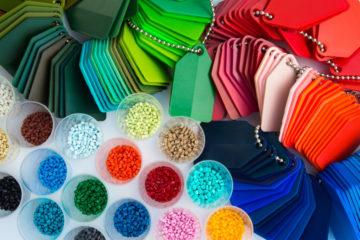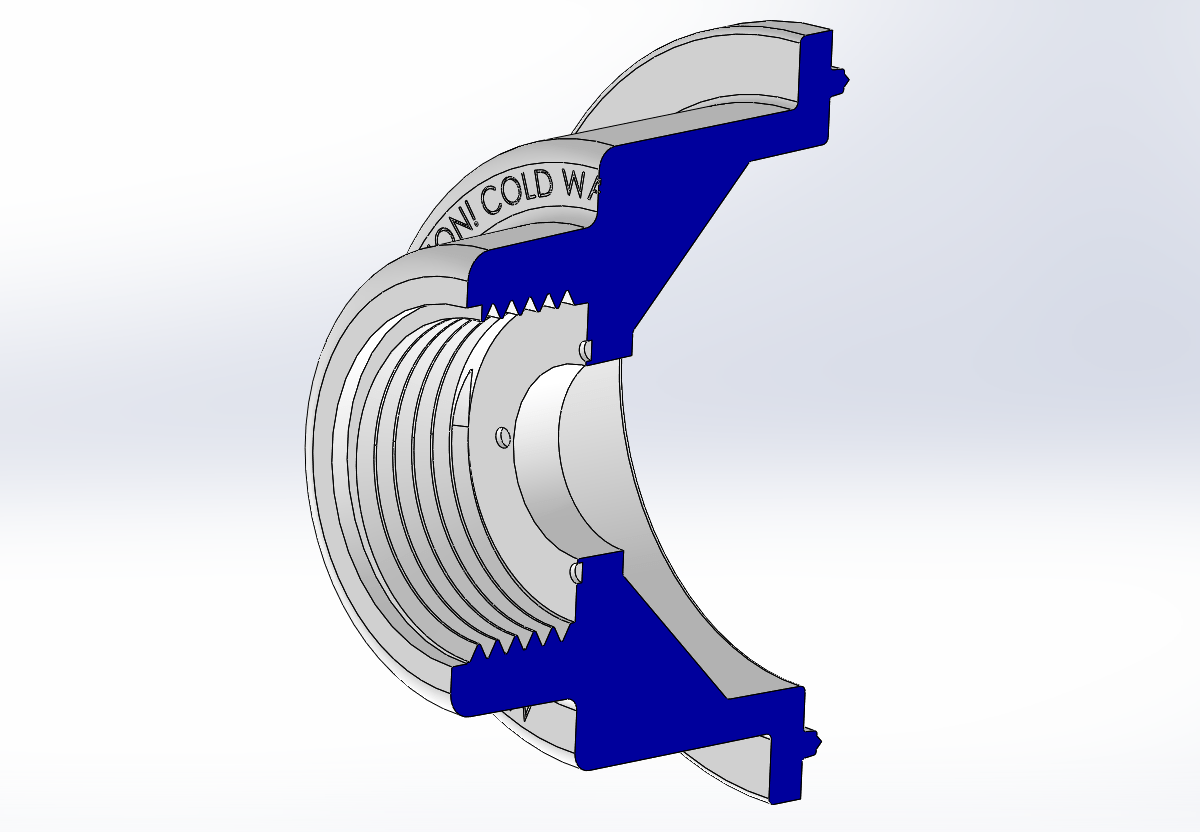
Threads are critical in Injection Moulding. Not only do they require more complexity in the tool design, the resulting plastic part must work perfectly, with next to no warpage and align perfectly when assembled. It’s important that you get it right the first time, so in this article we’ll explore what you need to know about threads in Injection Moulding.
There are two options for creating threads in your part. You can either overmould a metal threaded insert or you can use a rotating core to form the thread in the mould. The overmoulded insert provides slightly better strength and better alignment, however it costs more as it is overmolded and requires an Injection Moulding operator at all times. Moulded Threads are cheaper and do not require supervision, but the still need a rotating core to properly form the thread. This means an increase in cycle time and. Most moulded threads produce undercuts, though this can be avoided if the thread is located on the parting line of the mould. If you do decide to move the parting line of the product to include the thread, be extra cautious about moulding it as it may create flashing.
In general, try use threads that have radiused crests and roots, a thicker cross section and wider spacing between threads. This gives good engagement to the plastic part, which is more likely to break or fail rather than the screw or bolt you intend to use. The Unified Thread Standard is commonly used in the design of plastic threads, however acme or buttress thread profiles also produce good results. Extremely fine pitched threads are difficult to mould, if you need a finely pitched thread, the overmoulded thread insert is your best option. It’s best practice to leave 0.8mm clearance at the very end and beginning of threads. Also if you are connecting plastic to metal, it’s best to have the plastic as a male thread (external), and metal as the female thread (internal).
Still not sure about Injection Moulded threaded parts, come in for a free, no-obligation meeting to discuss and review your part or contact us via the web.
Subscribe to Our Newsletter
Get the latest news from Dienamics into your inbox








